Report this entry
More from the same community-collection
Jordan Knight of New Kids on the Block
Jordan Knight of New Kids on the Block Mixtape Tour May 21, 2019
Donnie Wahlberg of New Kids on the Block
Donnie Wahlberg of New Kids on the Block Mixtape Tour May 21, ...
Joey McIntyre of New Kids on the Block
Joey McIntyre of New Kids on the Block Mixtape Tour May 21, 2019
Jonathan Knight-Rodriguez of New Kids on the Block
Jonathan Knight-Rodriguez of New Kids on the Block Mixtape Tour ...
Pancho Villa and rebel (male and female) riders (circa 1905)
My grandfather, George Elliott Drake (1877-1947) sold chickens ...
Lightyearmoving Company 915-330-0573
Call us today for all your moving needs Home Apartment Office ...
George A Sanchez and Jesusita (kila) Evaro Sanchez
Wedding photograph and 50th anniversary photograph of George A. ...
George A. Sanchez Paternal Grandparents
George A. Sanchez grandfather, Felipe Sanchez, moved his family ...
George A. Sanchez Maternal Grandparents
The Gurule family descends from Jacque Grolet, a french soldier ...
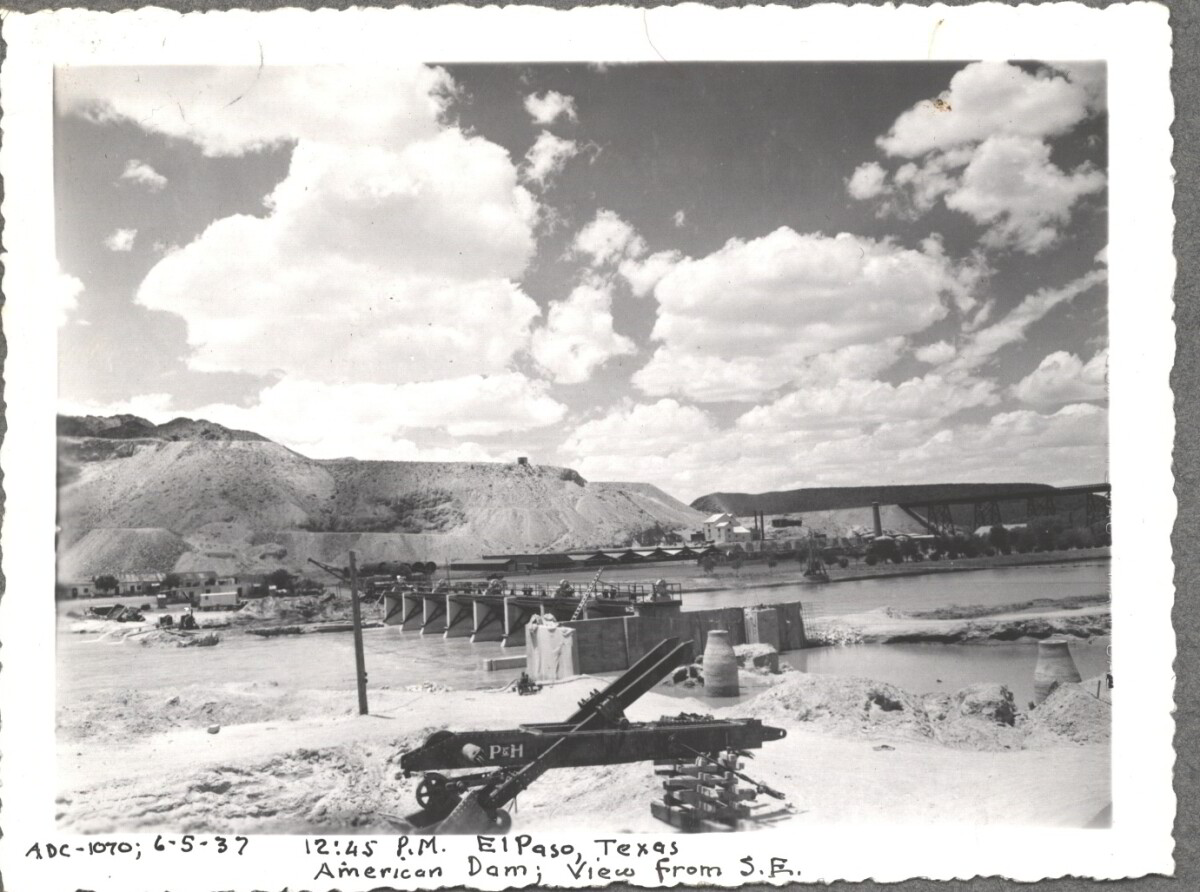
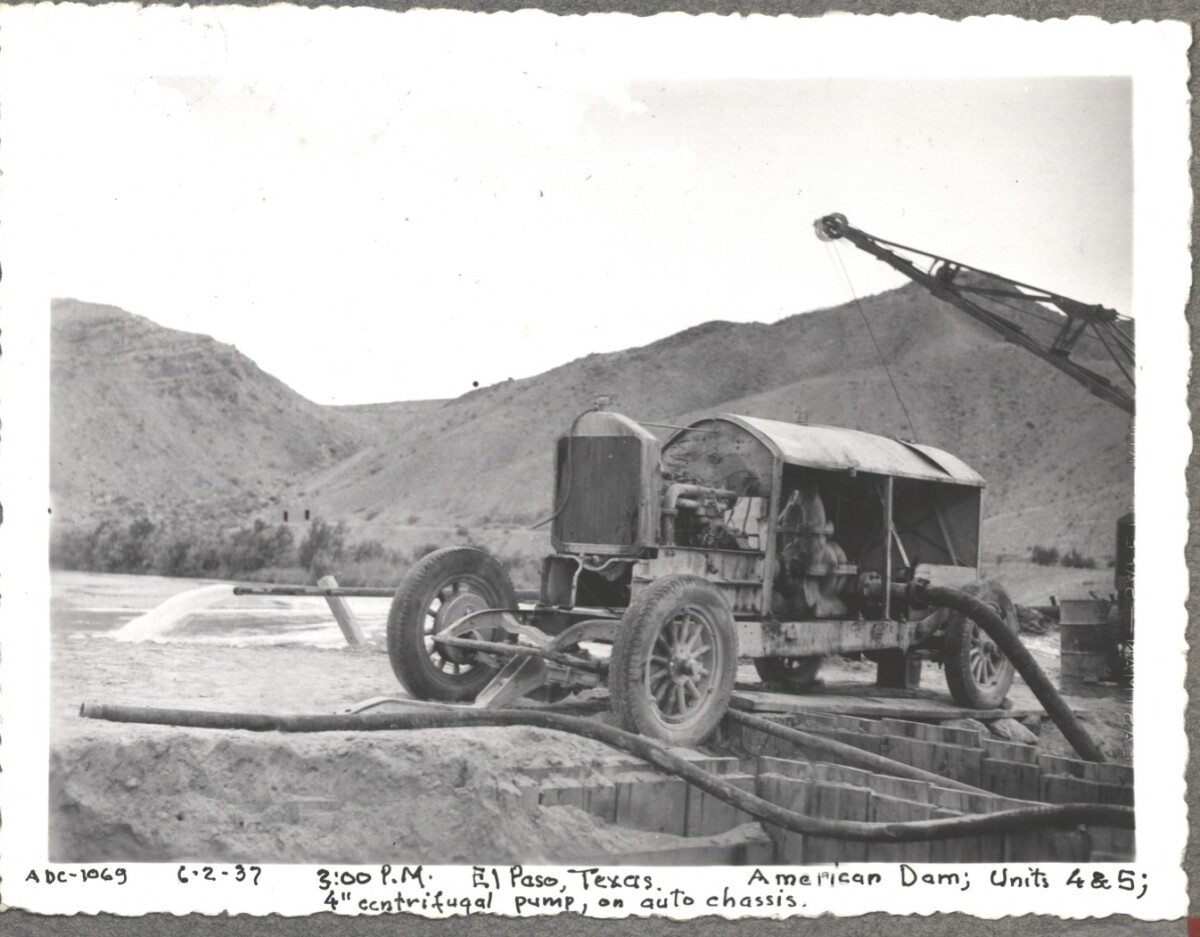

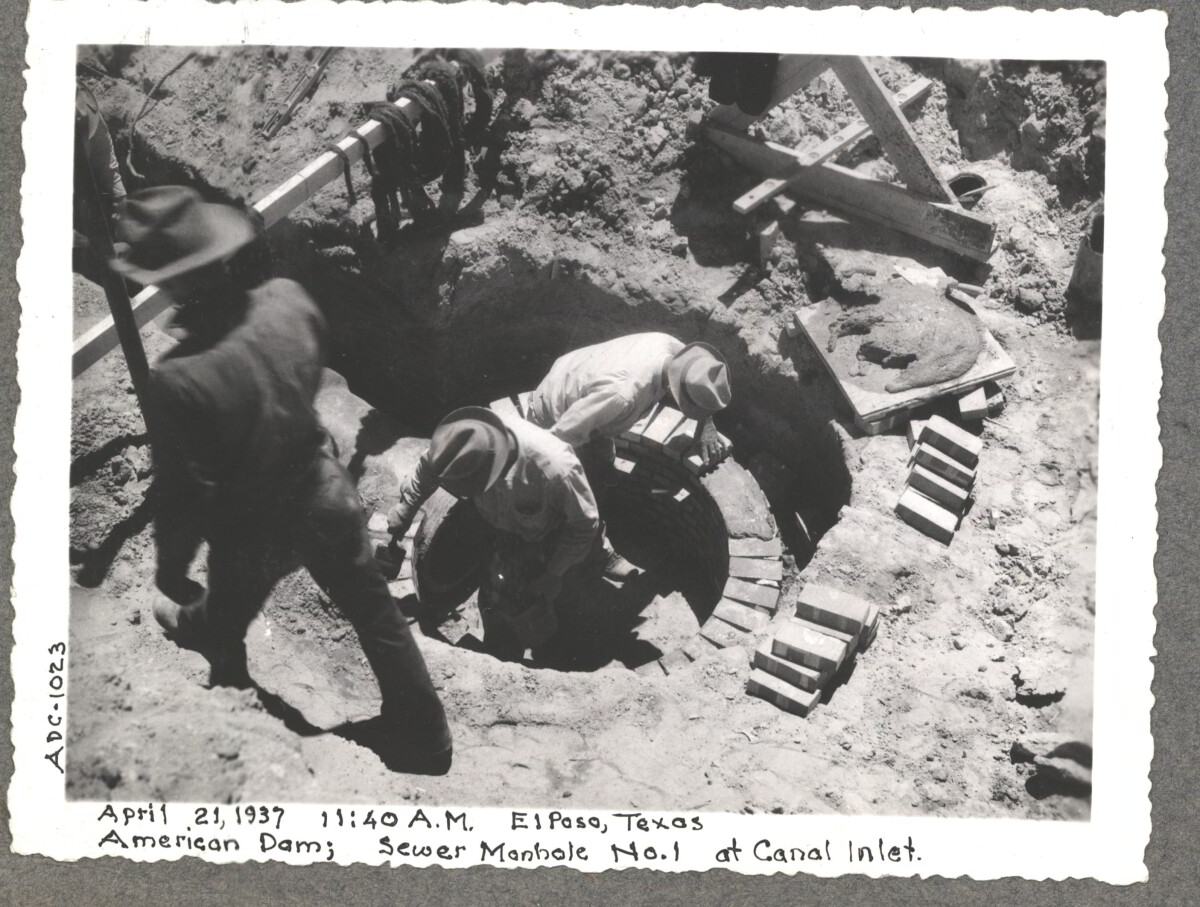
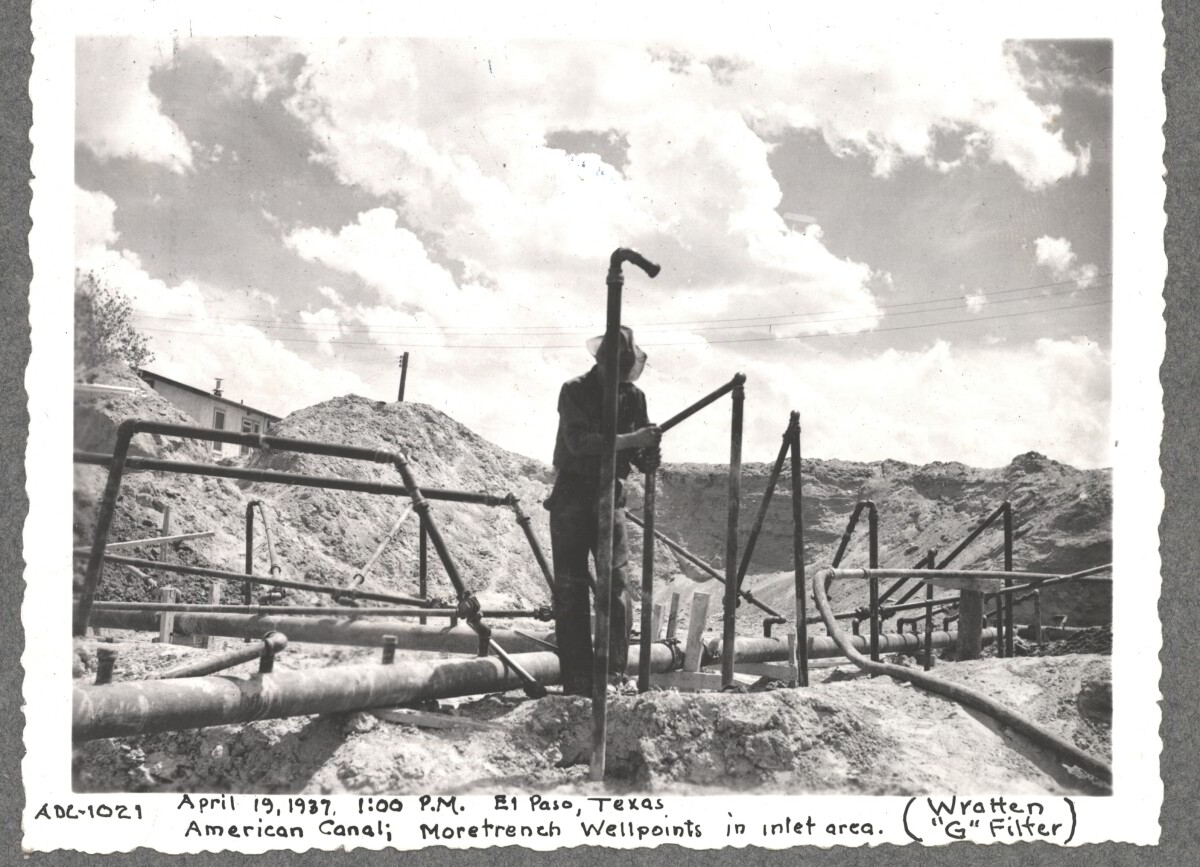
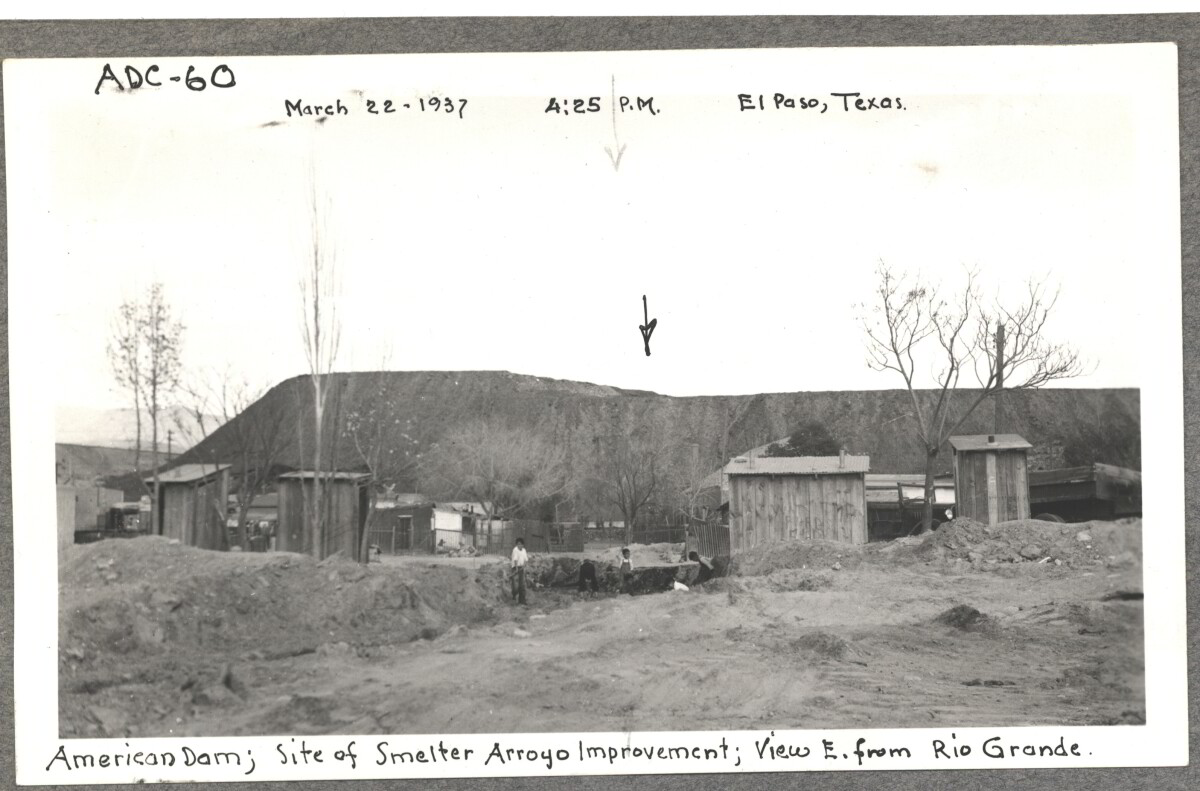
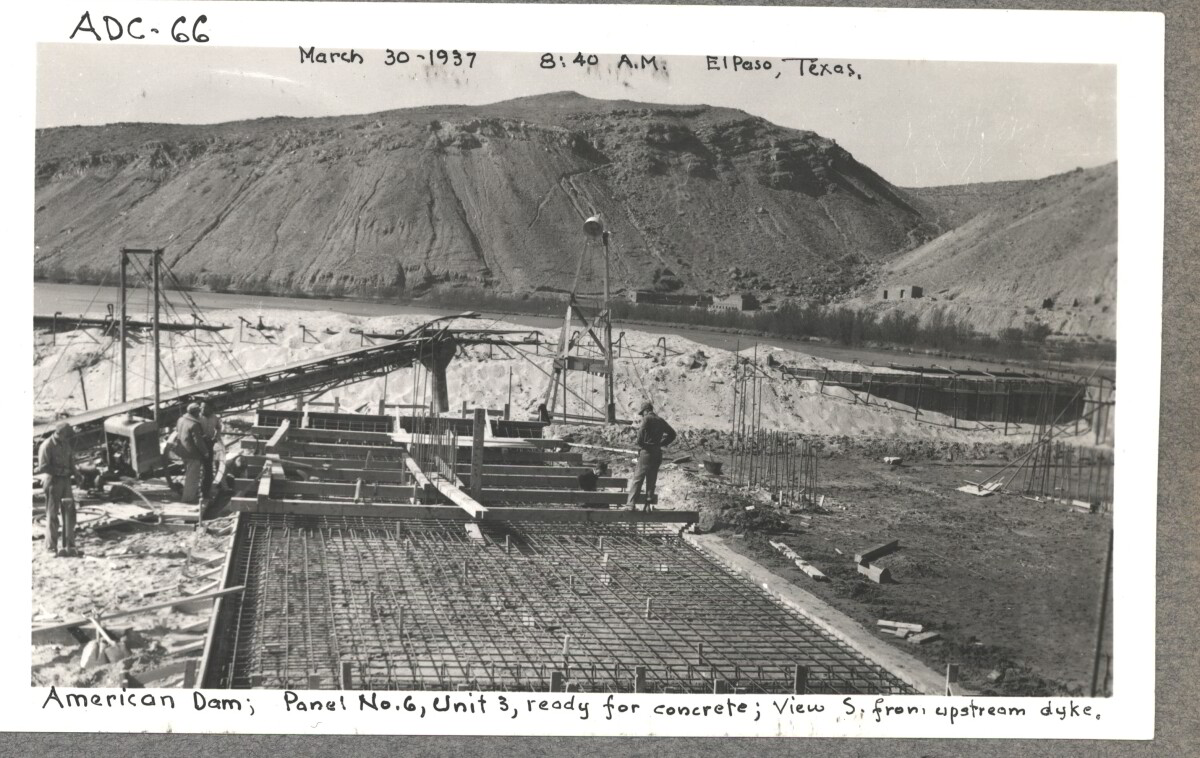
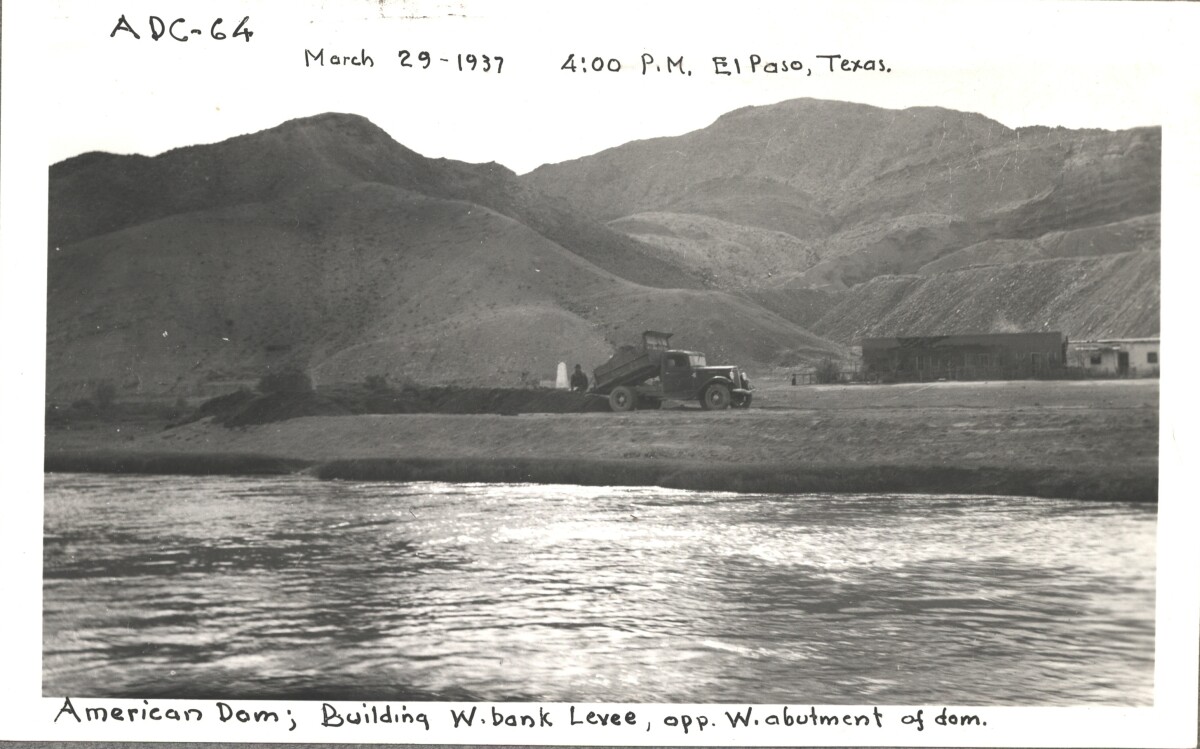
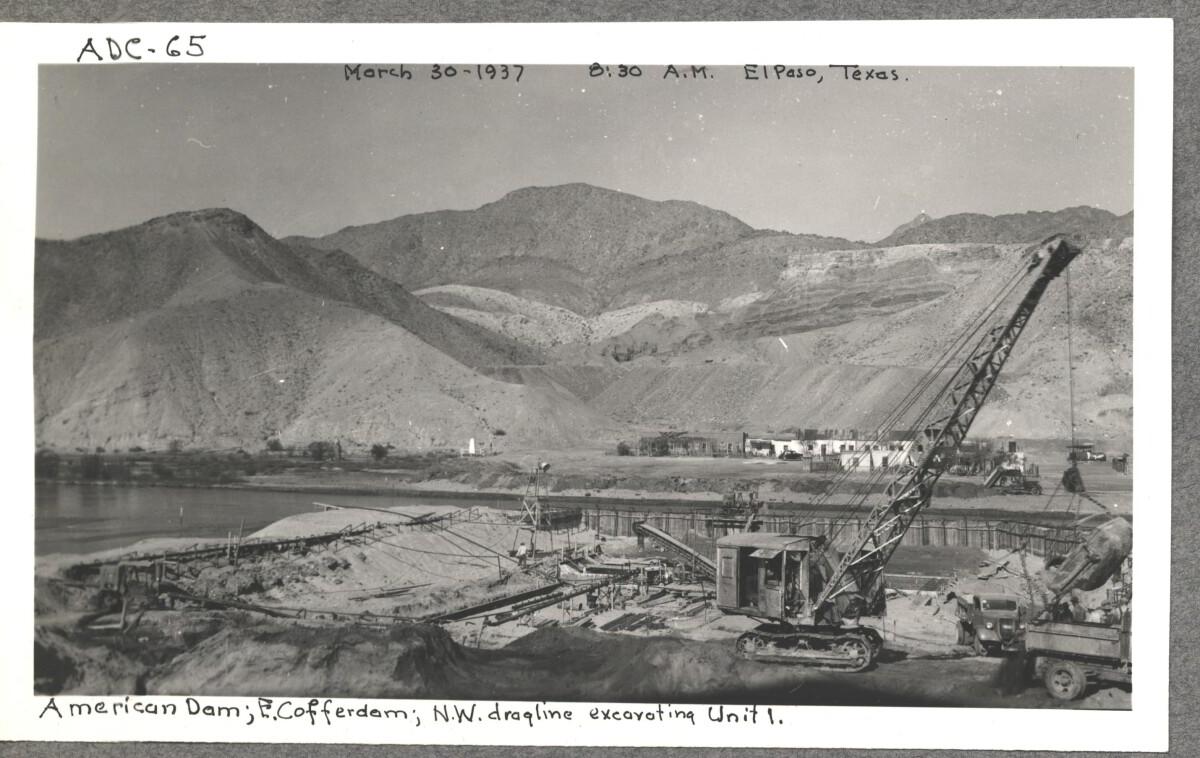
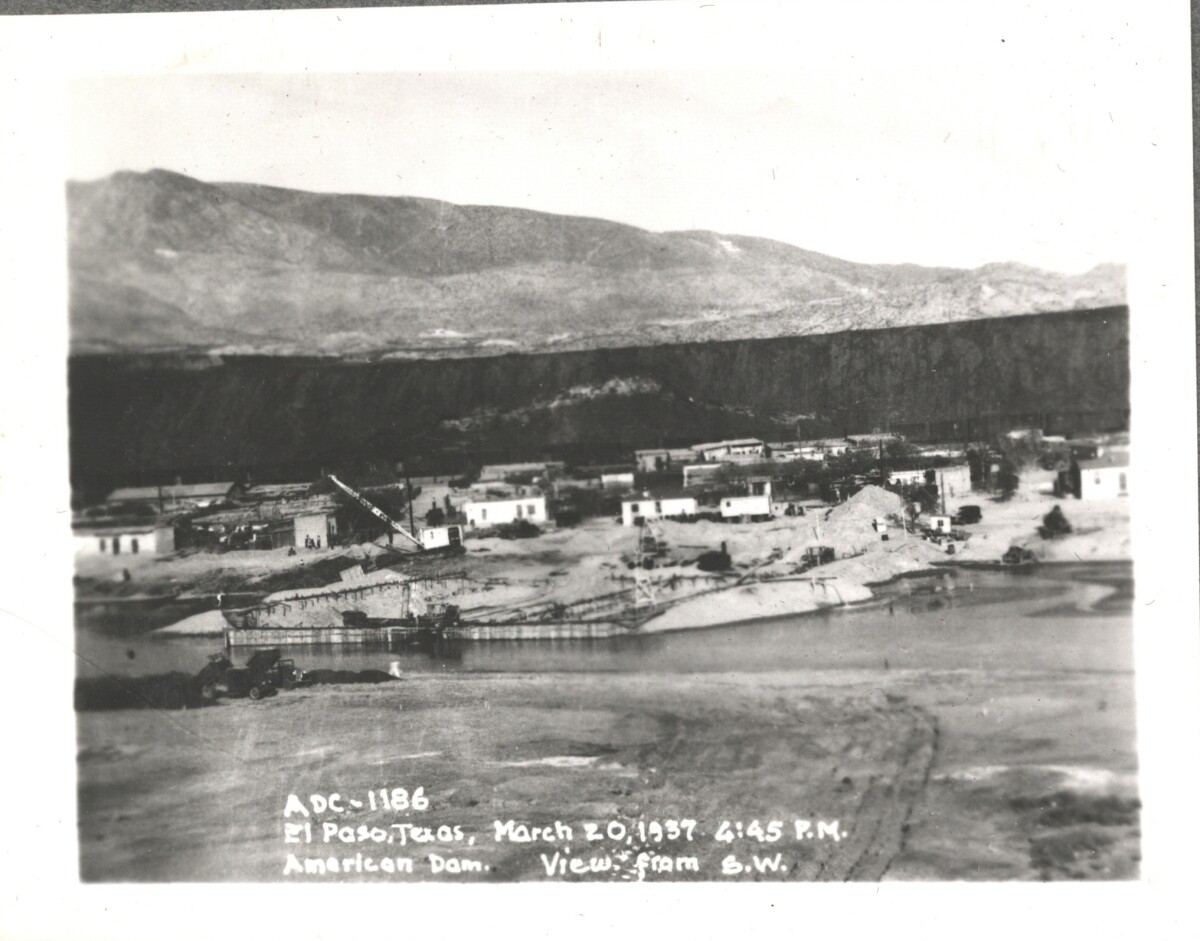
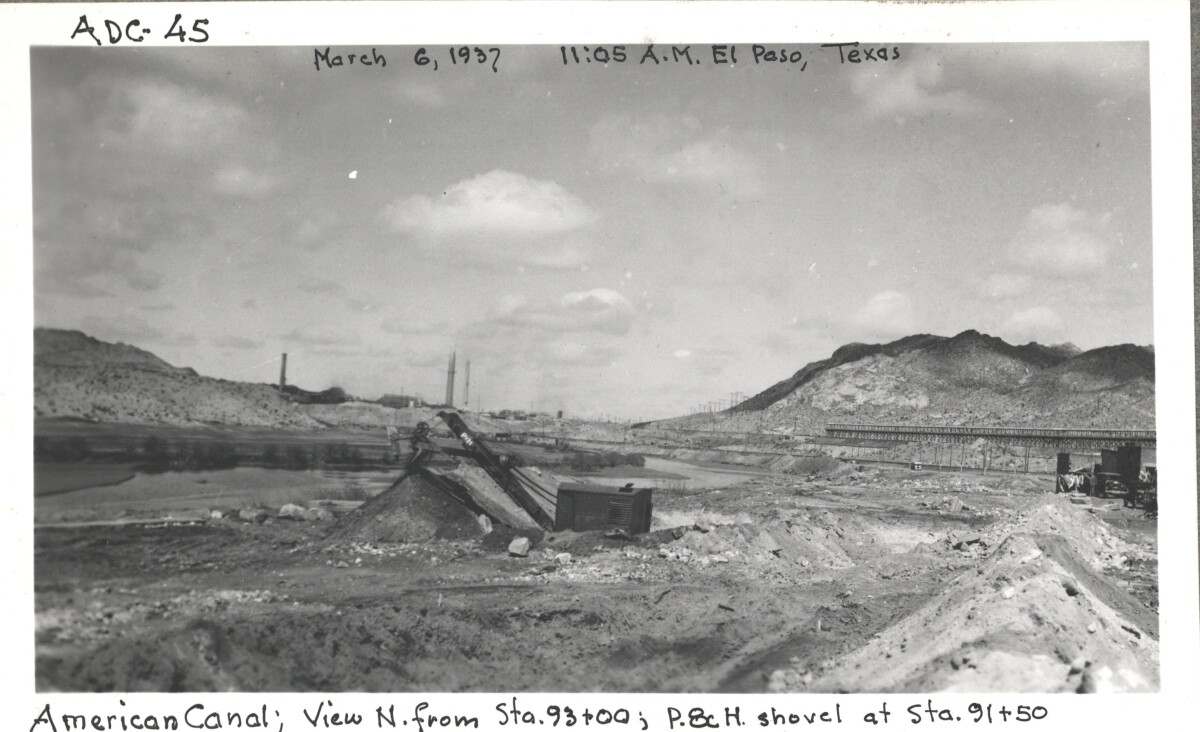
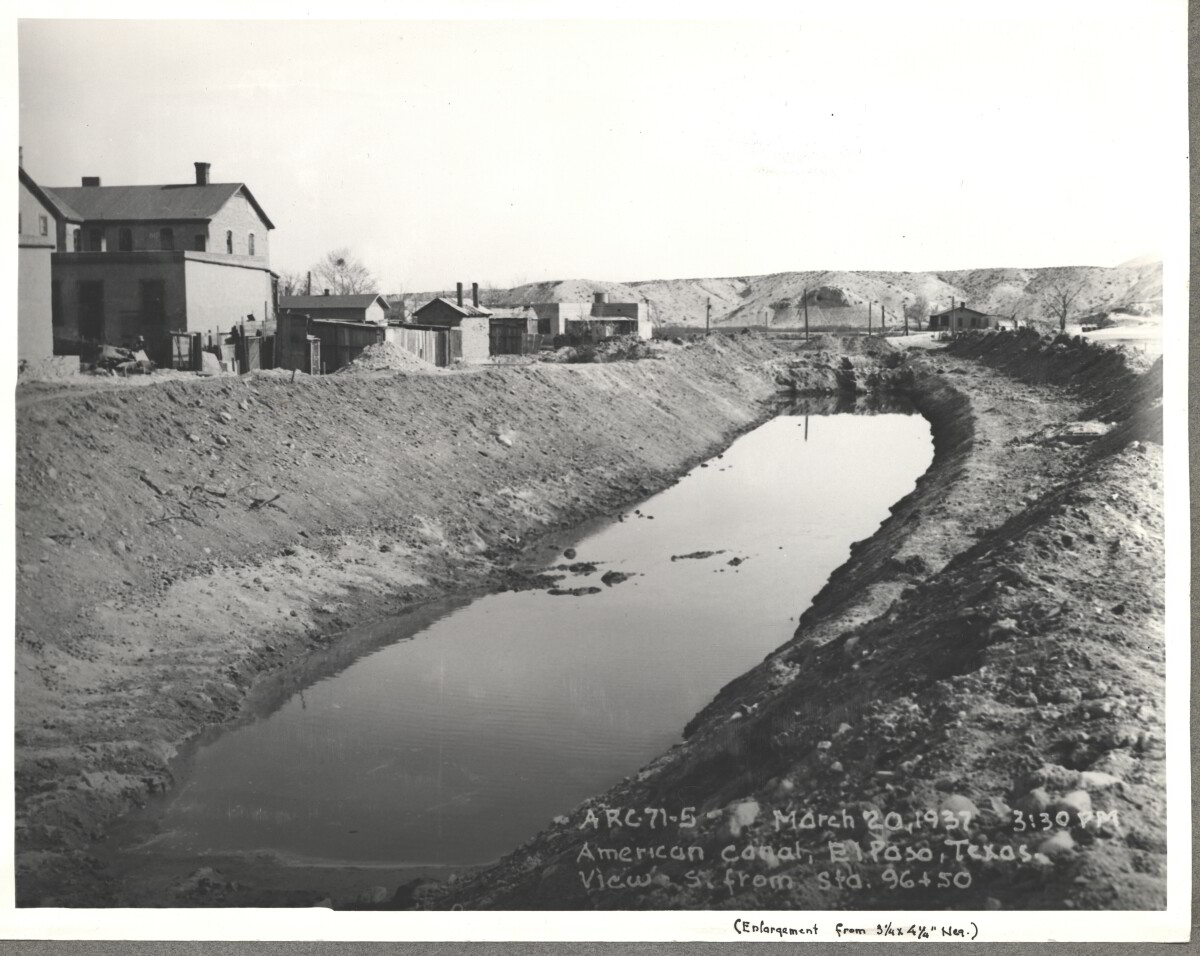
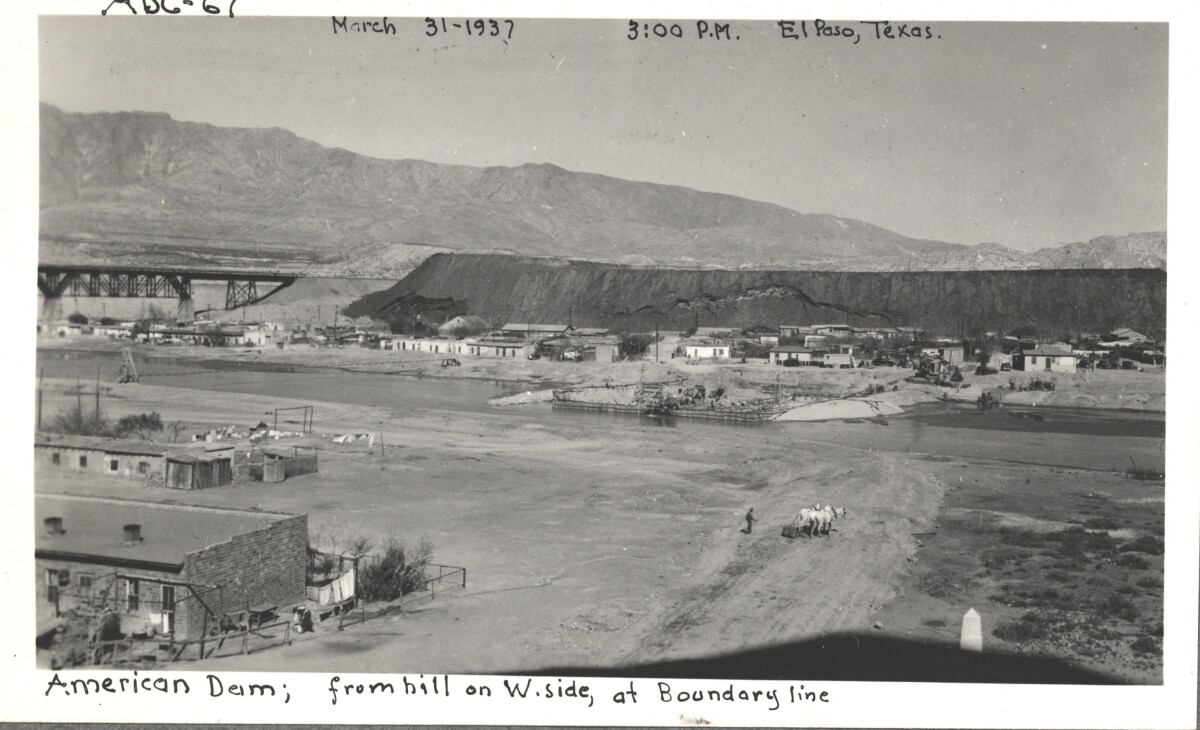
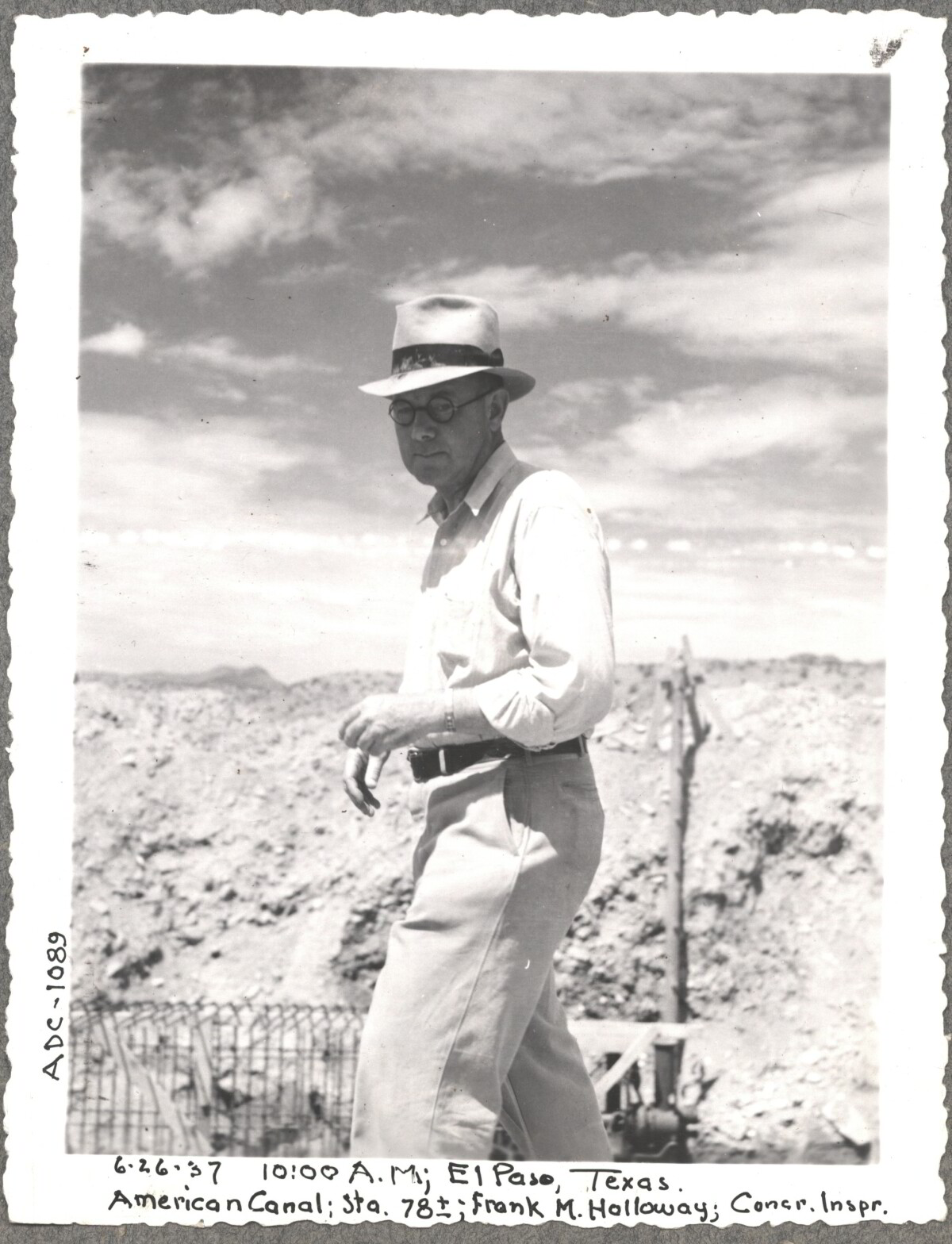
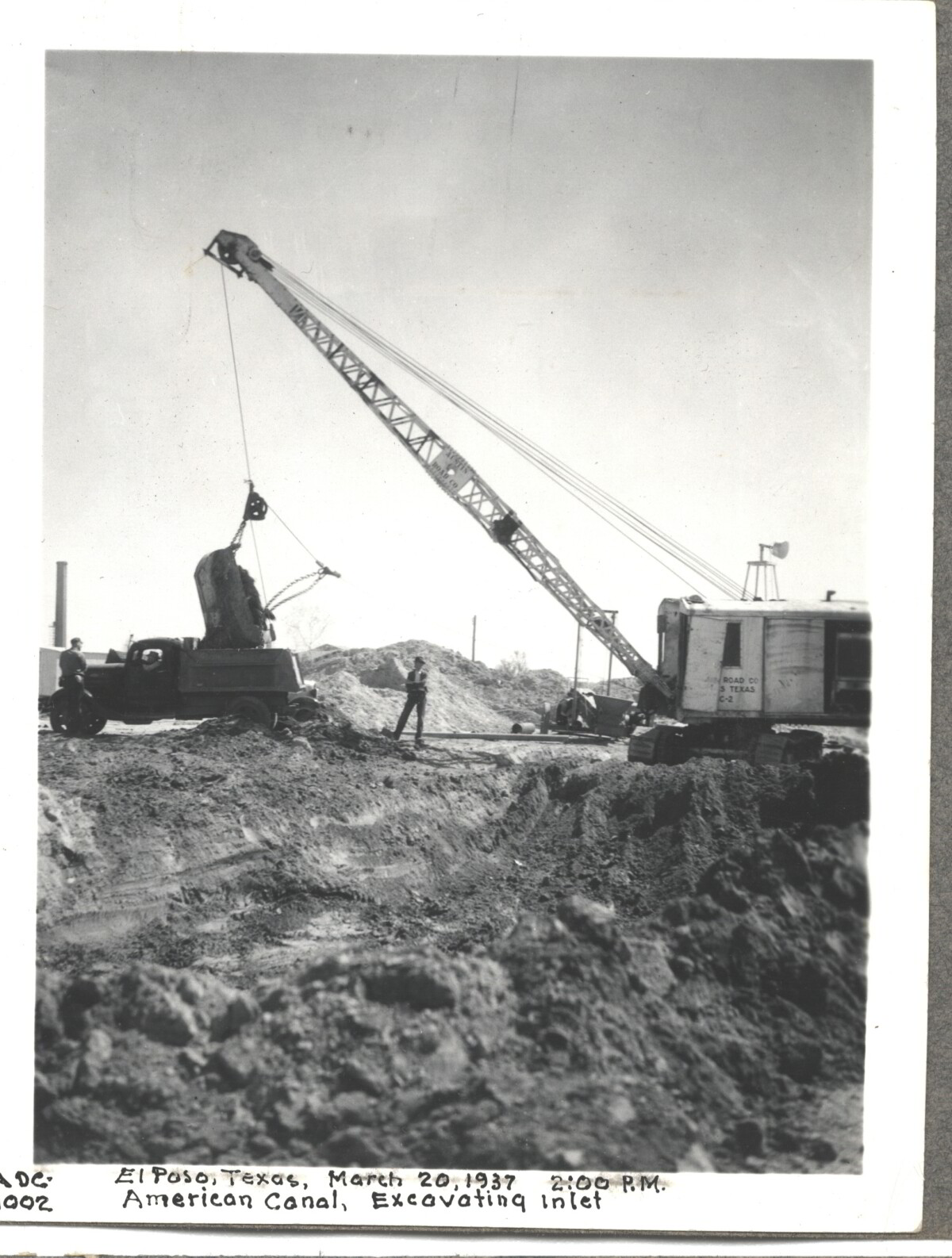
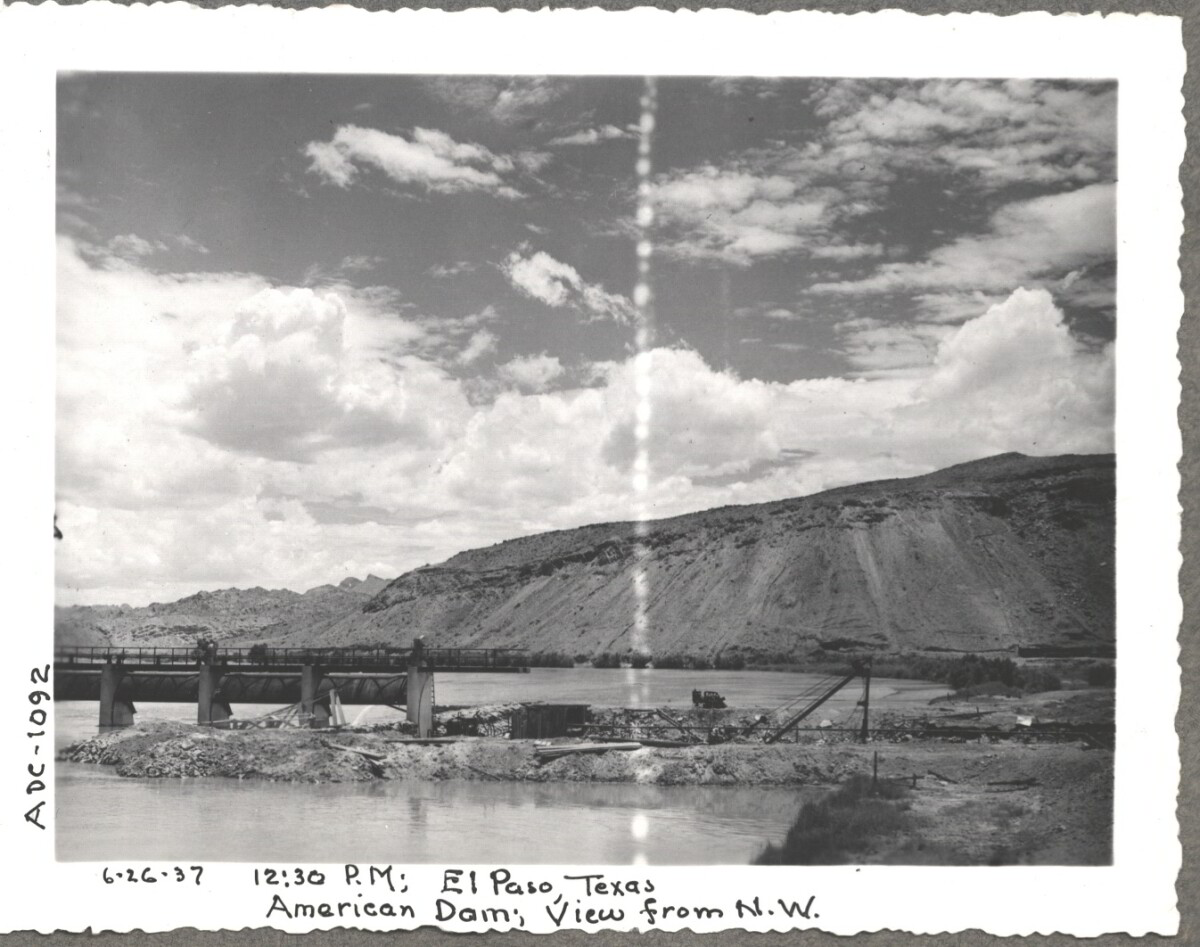
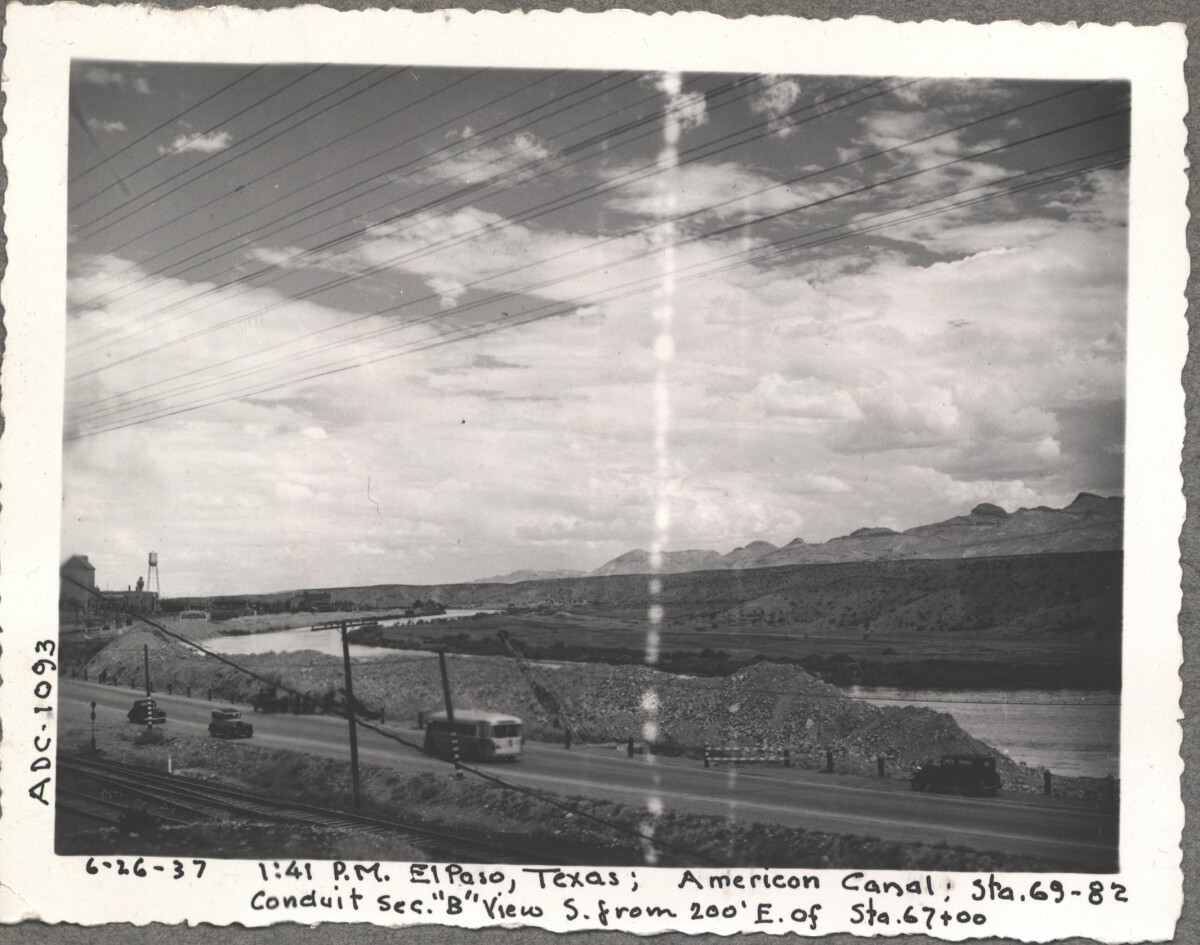


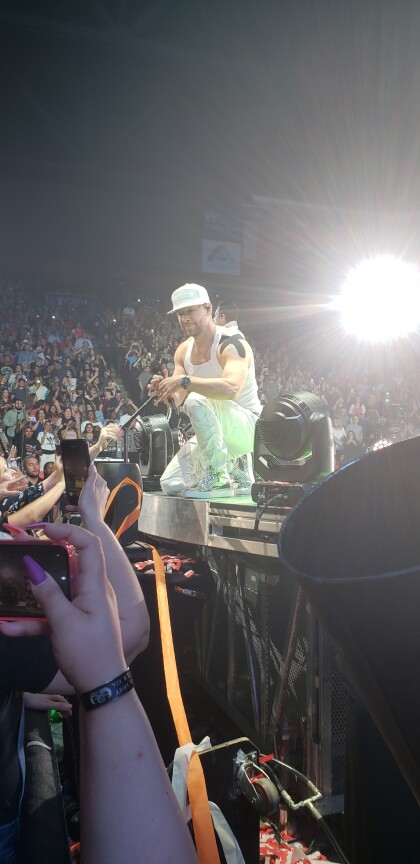





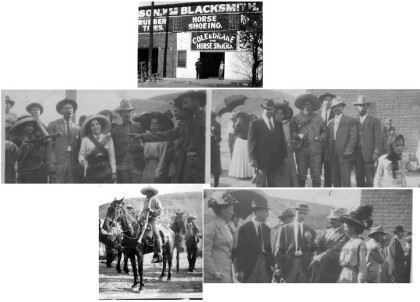

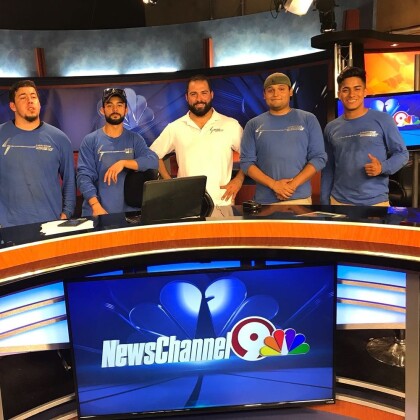

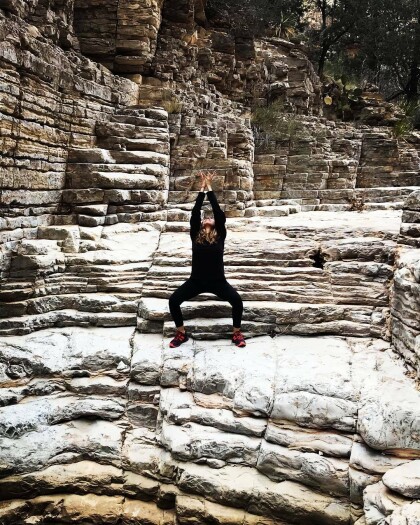

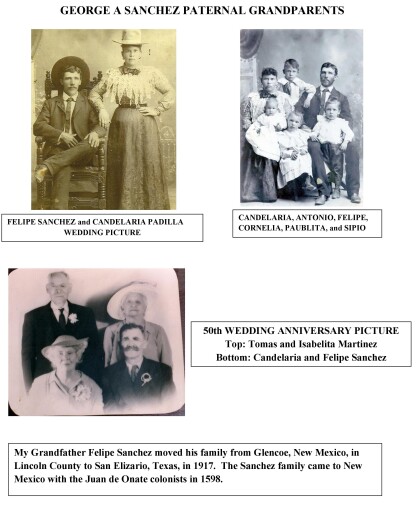
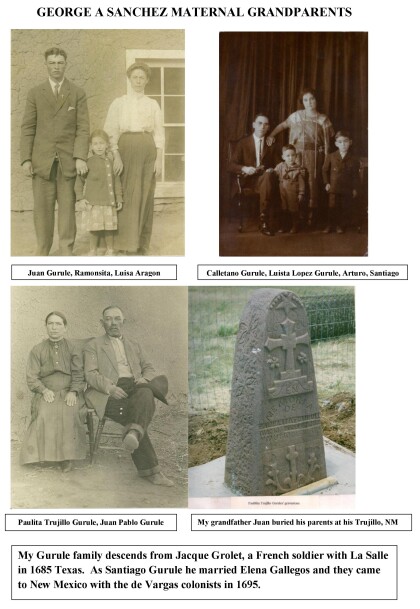
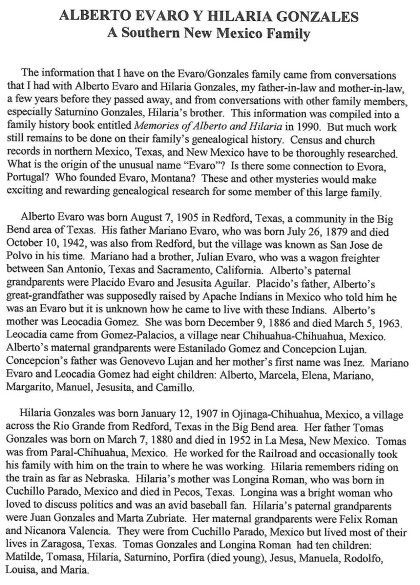

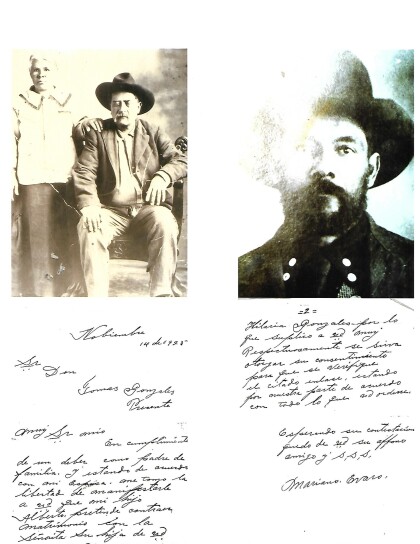

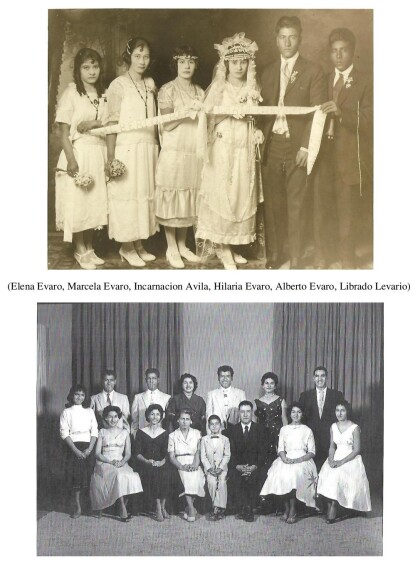
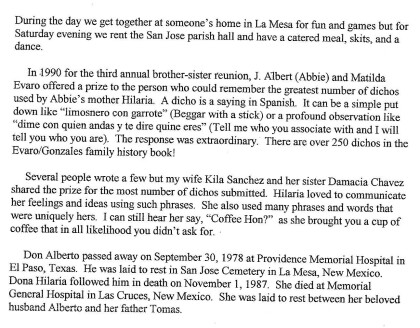

Comments
Add a comment